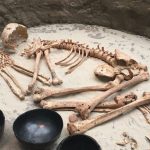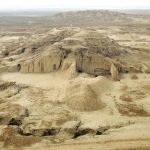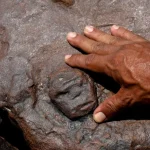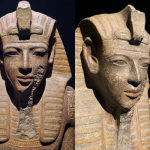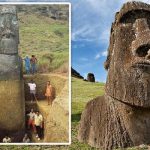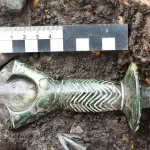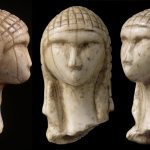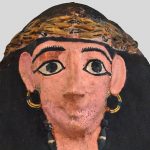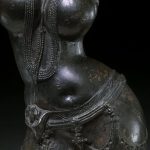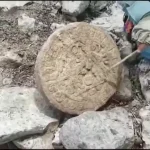The Royal Mummy of Pharaoh Seti I

During the 19th Dynasty, Pharaoh Seti I was originally laid to rest in an elaborately carved alabaster sarcophagus within his tomb (KV17) in the Valley of the Kings. His tomb, discovered in 1817 by Giovanni Belzoni, is renowned as the longest and most ornate of its kind, richly adorned with detailed reliefs and vibrant wall paintings.
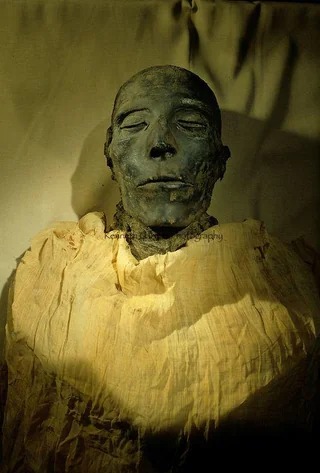
Later, in order to safeguard his remains from tomb robbers, priests of the 21st Dynasty moved Seti I’s mummy to the Royal Cache (TT320 or DB320) at Deir el-Bahari—alongside dozens of royals from the New Kingdom.
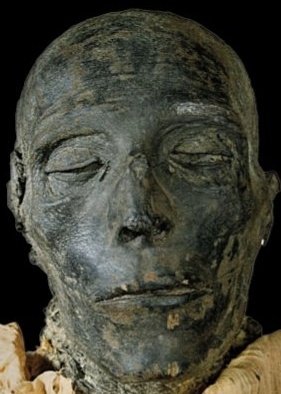
Upon examination, Seti I’s mummy was found to be exceptionally well-preserved, particularly the face, which retained delicate features and a serene presence. Yet, the body did bear damage: tomb robbers had separated—or decapitated—the head, though it was later reattached by an Amun priest using linen bindings; remarkably, the head remained well-preserved. The torso and arms show signs of deterioration as well, likely stemming from ancient desecration or mishandling during reburial.

CT scans reveal that the chest cavity contains dense resin-impregnated linen masses—possibly relating to embalming materials—and an amulet remains on his left arm. Intriguingly, his heart was found on the right side of the body—an unusual placement—sparking scholarly speculation about possible health issues, such as a heart condition, that may have influenced this atypical positioning.
Seti I likely died unexpectedly before age forty, and there is no evidence of physical trauma indicating violence. His remains, though partially damaged, continue to reflect the skill of ancient Egyptian mummification and his majesty in death.
